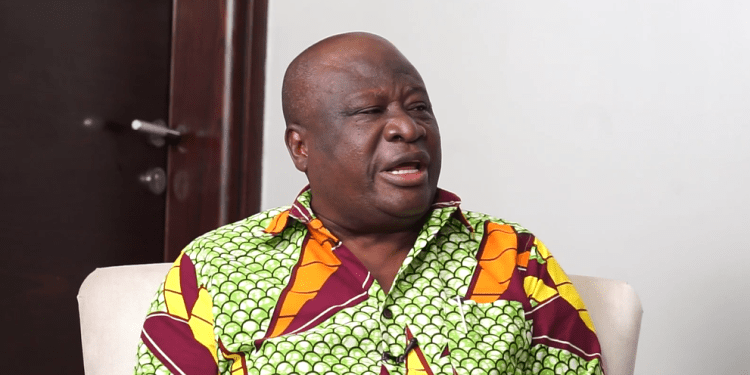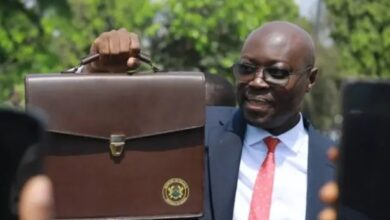Unusual rainfall caused Akosombo spillage

Former Chief Executive Officer of the Volta River Authority (VRA), Ing. Kirk Koffi, has said no individual or institution can be held responsible for the 2023 Akosombo Dam spillage, which displaced thousands across several communities along the Volta River.
Speaking in an interview on Face to Face with Umaru Sanda Amadu on Channel One TV, Ing. Koffi insisted the spillage was driven by natural forces beyond human control, particularly abnormal rainfall patterns and unexpected inflows.
The dam’s spillage, which affected eight communities—including the severely impacted town of Mepe—sparked public outcry, with many accusing the VRA of poor management and delayed response. However, Ing. Koffi maintained that the VRA acted to prevent a greater disaster.
“You cannot hold them responsible because they would have died anyway,” he said, stressing that the unusually high inflows into the dam were unpredictable and potentially life-threatening if not managed through controlled spillage.
He noted that although a reduction in inflows was expected by September 2023, water levels instead surged, forcing the VRA to intensify the spillage to protect the dam’s structural integrity.
“By September 2023, when we were to see a downward trend in the inflow, it picked up… and they had to spill a little bit more. Those who run the facility don’t breach the dam; if you do, everybody downstream will go,” he cautioned.
Ing. Koffi praised former President John Dramani Mahama and the Minister for Energy and Green Transition, John Jinapor, for their roles in addressing the crisis and initiating forward-looking measures.
“Thanks to President John Dramani Mahama for his vision and foresight, as well as Minister for Energy and Green Transition, Hon. John Jinapor, for setting up this committee two years after the event. I believe they are looking more into the future to make sure it doesn’t happen again,” he said.
The Akosombo Dam spillage remains one of Ghana’s most significant climate-related emergencies in recent years, reigniting calls for better disaster preparedness and long-term flood control measures.




